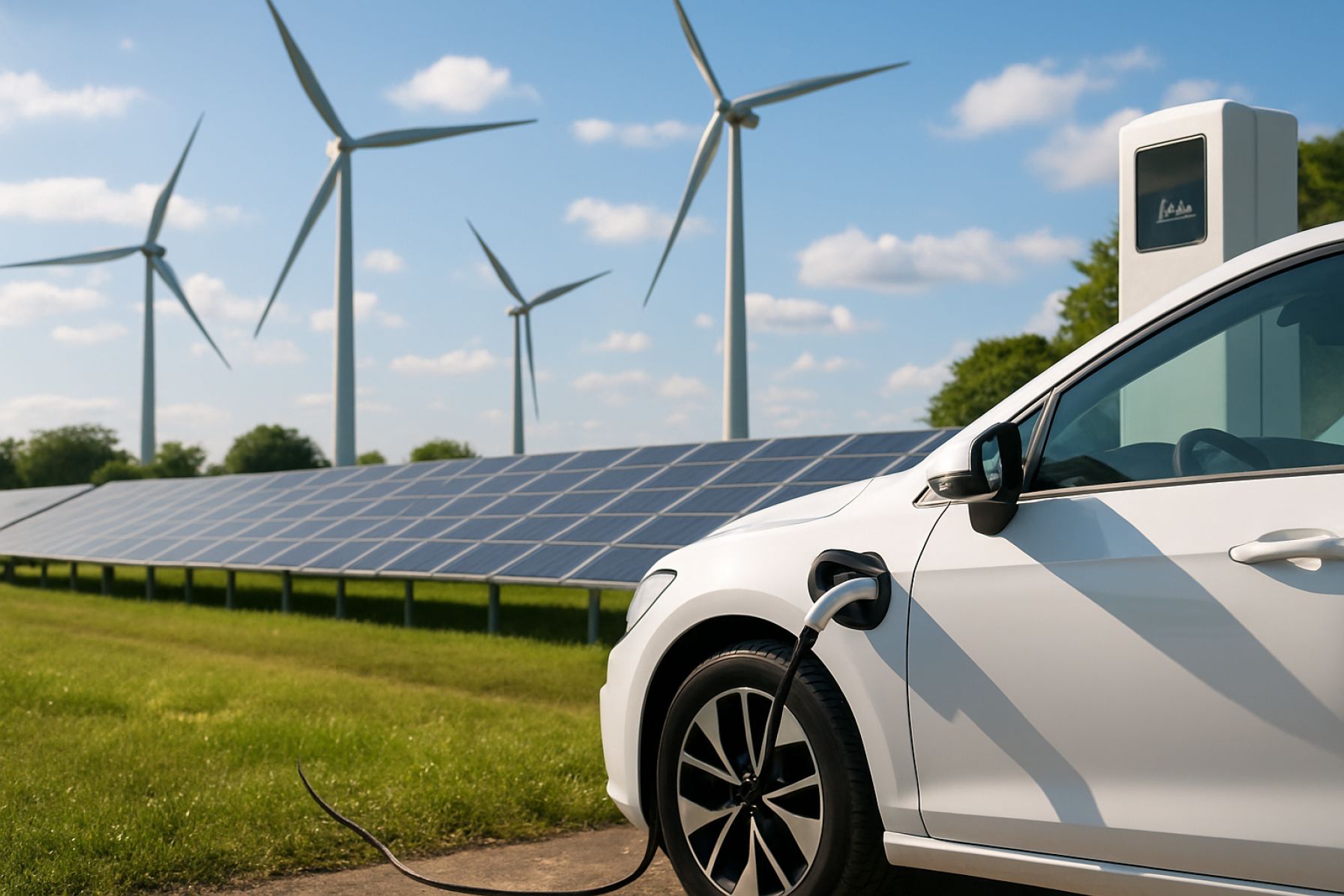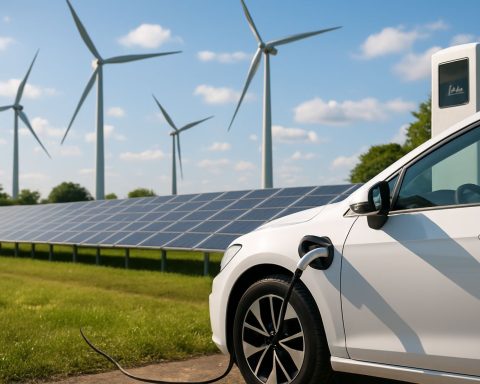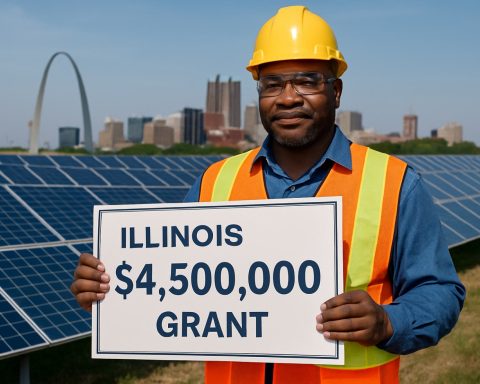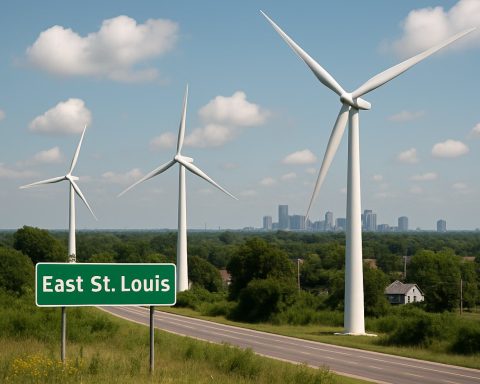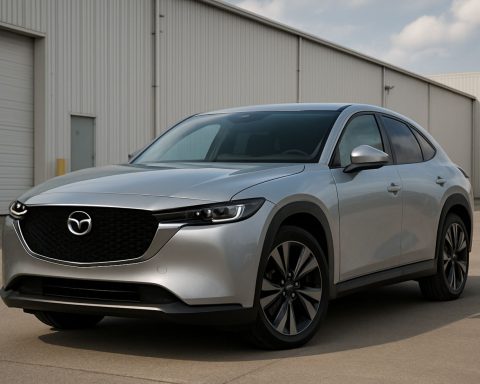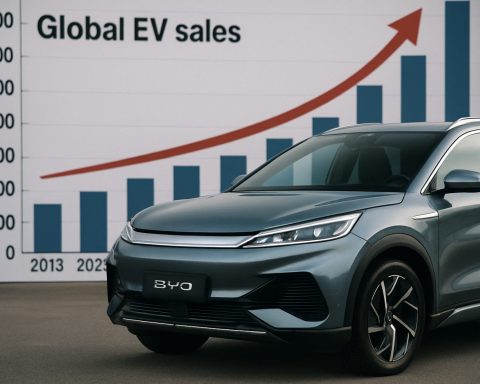The Global Race to Clean Energy Heats Up: Why Investors Are Pouring Billions Into Renewables and EVs in 2025
Clean energy is winning big in 2025, with EVs and renewables outpacing fossil fuels. See which regions and trends are driving investment.
- $1.5 trillion: Electricity sector investment projected for 2025
- 70%: Of growth from major net fossil fuel importers
- 50%+: Electricity sector spending now surpasses fossil fuels
- $3.5 trillion: Needed annually by 2050 for net zero targets
The clean energy revolution is accelerating at an unprecedented clip. Investors worldwide are shifting billions into new energy technologies, even as some adopt a cautious wait-and-see approach to newly approved projects amid global economic turbulence.
But here’s the bigger picture: Existing clean energy projects remain largely unaffected, and worldwide enthusiasm for electrification—especially for electric vehicles (EVs)—continues to surge.
Electric Cars Shift into High Gear
The transportation sector is experiencing an electrifying transformation. More EV models are debuting every quarter, and in powerhouse markets like China, they’re now as affordable—and often more desirable—than their gasoline-powered competitors.
Automakers are ramping up production and innovation at record speed, with global sales of electric vehicles expected to smash previous records in 2025. This signals a clear shift: the commercial viability of EVs is no longer limited to early adopters or subsidies, but competitive pricing and rising consumer demand.
Why Are Investors Betting Big on Renewables?
What’s driving this money movement? The answer is a potent mix: international climate targets, strategic industrial policies, and renewed urgency around national energy security. Economic recovery plans post-pandemic have only turbocharged investment into clean energy infrastructure, from solar and wind farms to smart grids and battery gigafactories.
In 2025, investment in electricity—including renewables and grid upgrades—is expected to hit a staggering $1.5 trillion. That’s more than 50% above the total spent on supplying fossil fuels. According to energy experts, this upward trajectory puts the world tantalizingly close to the $3.5 trillion annual target needed by 2050 to achieve net zero emissions.
Which Regions Are Leading the Charge?
About 70% of the recent surge comes from major net importers of fossil fuels, such as China, the European Union, and India. These economies are doubling down—pumping funds into solar, wind, hydro, and electric mobility—to reduce dependence on costly energy imports and secure cleaner growth.
Meanwhile, the United States is ramping up its clean energy spending, propelled by strategic competition with China for clean tech supply chain dominance—a theme closely watched in markets and by global leaders. For the latest on policy and tech, check Reuters and Bloomberg.
Q&A: What Does This Mean for Fossil Fuels?
Q: Is investment in fossil fuels disappearing?
Fossil fuel spending is being dwarfed by renewables in many regions, but it isn’t vanishing. Oil and gas still draw significant capital, especially where demand for petrochemicals and base energy is robust. However, the momentum is clearly shifting, especially as more countries commit to net zero targets.
Q: Are energy investors nervous about the economic outlook?
Some investors are cautious, particularly regarding new project approvals. Yet, the vast majority remain bullish on existing clean energy assets, given policy backstops and proven returns.
How to Ride the Clean Energy Wave in 2025
Want to get involved or invest?
- Follow market leaders and global developments at IEA and EV Volumes
- Watch for new incentive packages from national governments
- Explore green funds or direct investments in renewable projects
- Monitor EV affordability and range advances in your local market
Your Blueprint for a Sustainable Future
- Stay informed with trusted sources like BBC and FT
- Support or invest in renewable energy and electric mobility
- Advocate for strong national policy on clean energy transitions
- Track your local and global energy mix—demand accountability
The clean energy revolution is gathering unstoppable momentum in 2025. Will you be part of the next energy era? Get informed. Take action. Shape the future today.

